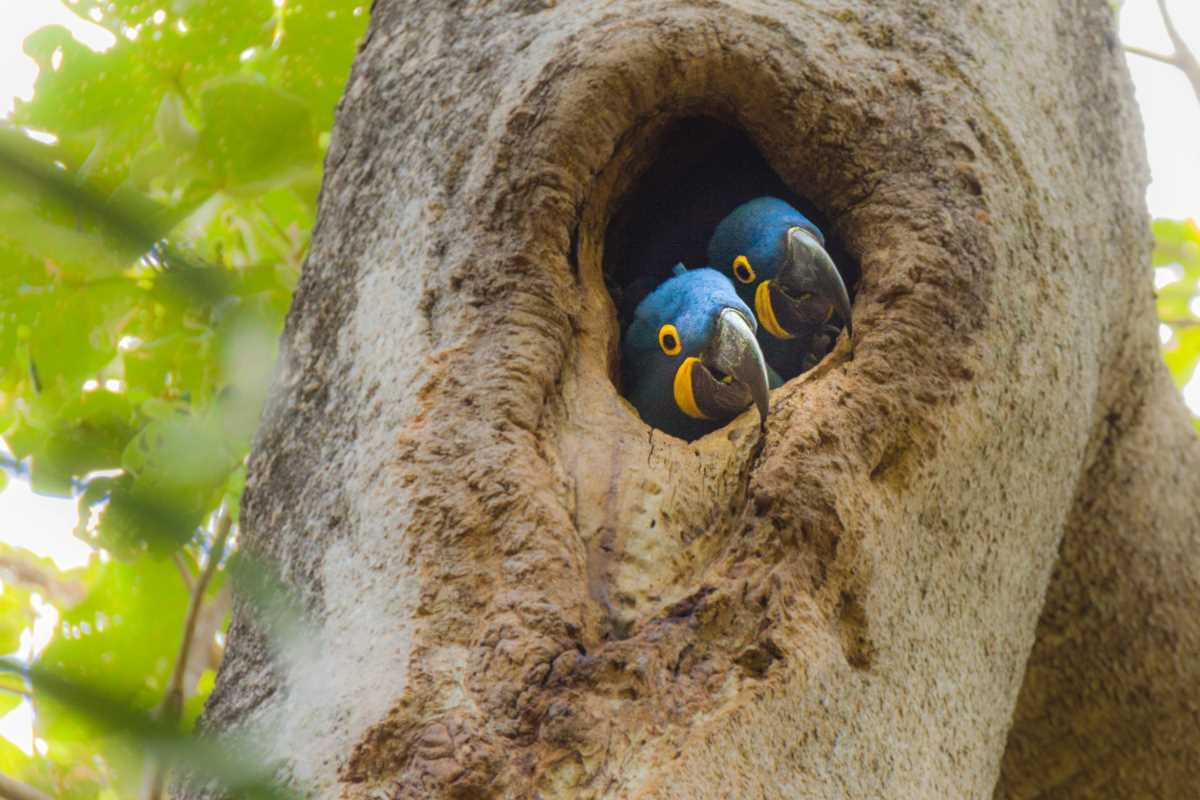Soft mist rises from a quiet pond, and a sudden glimpse of scarlet feathers catches your attention near the water’s edge. A gentle trill drifts from the branches overhead, suggesting the presence of a bird not often seen by passersby. You lift your binoculars, drawing in the cool, clean air, ready to trace the movements of these secretive birds through places that blend the known with the unexpected. Each footfall takes you deeper into an unfolding story, where every moment reveals new details and the landscape offers a sense of discovery that feels both personal and rare.
Discoveries like these await wherever you wander with purpose, whether along windswept coasts or highland marshes. As sunlight dances on dew-kissed leaves, you find yourself immersed in the delicate dance of feathered life. This journey requires patience, curiosity, and a willingness to step off the beaten path in search of moments that stay with you long after you store your field notes.
Hidden Paths to Extraordinary Birdwatching Experiences
Going beyond well-worn trails often reveals pockets of habitat filled with unexpected visitors. You might find a grove of alder trees along a little-known footpath where warblers flit in dizzying patterns each spring. Or a rocky outcrop near a coastal hamlet provides perches for birds blown off course during seasonal storms.
These lesser-known locations tell stories of birds adapting, migrating, and sometimes surprising researchers. As you walk softly and respect quiet zones, you’ll witness behaviors that unfold away from the main viewing platforms and discover the thrill of being among the first to greet new arrivals.
Unexpected Behaviors Waiting to Be Seen
Rare species often perform fascinating rituals—one might perform an elaborate courtship dance in tall grasses just beyond a marsh’s edge. Watching a puffin bob gently on waves, beak glowing with the morning sun, can change what you thought you knew about seabird life. Each action carries meaning: feeding methods passed down by generations, territorial calls echoing across hidden valleys.
To catch these moments, learn to anticipate patterns and subtle signs. Watch for furtive movements at dawn, listen for unfamiliar calls at dusk, and keep track of small habitats where particular birds forage or roost. Paying close attention like this often produces impressions that no standard guidebook can capture.
Five Unusual Destinations for Rare Birds
- Point Reyes National Seashore, California coast
- Highlight: Foggy dunes where the elusive Snowy Plover nests
- Best Time: Late spring
- Insider Tip: Visit at dusk and scan tidal pools for juvenile plovers feeding on invertebrates during low tide
- Loch Garten Osprey Centre, Scotland Highlands
- Highlight: Protected wetland where Ospreys fish each summer
- Entry: Annual viewing ticket supports conservation
- Insider Tip: Arrive early and watch the southern nest platform where juveniles prepare for first flights
- Chilika Lake Bird Sanctuary, Odisha, India
- Highlight: Brackish lagoon attracting flamingos and Spoon-billed Sandpipers
- Cost: Boat rides vary by operator, affordable for small groups
- Insider Tip: Hire a local guide to access narrow channels with quiet sunrise mudflats preferred by shorebirds
- Kakadu Billabong Trails, Northern Territory, Australia
- Highlight: Wet season floodplains with Jabirus and Pheasant-tailed Jacanas
- Access: Park day pass includes multiple wetlands
- Insider Tip: Walk the southern loop at first light when birds feed at the water’s edge in cool air
- Kurilpa Riverbank Reserve, Queensland, Australia
- Highlight: Suburban reserve sheltering rare Regent Honeyeaters
- Cost: Free to visit year-round
- Insider Tip: Watch the wattle groves near the boardwalk in mid-afternoon during winter flowering for nectar-feeding flights
Essential Gear and Field Techniques
- Choose high-quality binoculars with a wide field of view: Opt for models offering 8x magnification to strike a balance between stability and detail. Look for rubber-armored barrels that prevent slips when humidity rises. A padded harness distributes weight evenly across your shoulders—crucial for long hikes.
- Bring a weatherproof field journal and waterproof pen: A spiral-bound notebook with tear-resistant pages helps you record behaviors in real time, even under sudden rain showers. Use bright ink colors to highlight rare sightings, then compare sketches with photo samples.
- Wear suitable footwear with ankle support: Trail boots with breathable, water-resistant membranes protect against slippery mud and rocky terrain. Sturdy soles with deep lugs provide the traction you need when walking along wet riverbanks.
- Set up a portable hide or camouflage netting: Lightweight fabrics with local foliage patterns conceal your movements. Place hides near nests or feeding sites at least an hour before peak activity times to let birds get used to your presence.
- Record calls using an audio recorder with a directional microphone: Capture sounds for later analysis and share recordings with conservation groups tracking rare species. Aim the mic towards call hotspots—open clearings or canopy gaps—to minimize ambient noise interference.
Advice from Experienced Birdwatchers
Veteran birders focus on recognizing patterns rather than covering large distances. Spend time learning flight paths and call variations specific to each region. Often, you’ll notice spikes in activity around weather frontiers—migrants use these unseen corridors when crossing vast stretches of water or desert.
They also suggest moving observation points throughout the day. Birds feeding in one spot at dawn might shift to different feeding grounds by noon. By changing your position systematically, you keep your vantage point fresh and can document how flock dynamics change as groups come together or disperse.
Building Connections with Local Birding Groups
Connect with local birding groups through community outings and real-time sighting chats to discover hidden spots and rare species. Engage in workshops led by regional experts to deepen your knowledge of habitats and bird behaviors. Each shared experience builds friendships and expands your understanding of the avian world.







